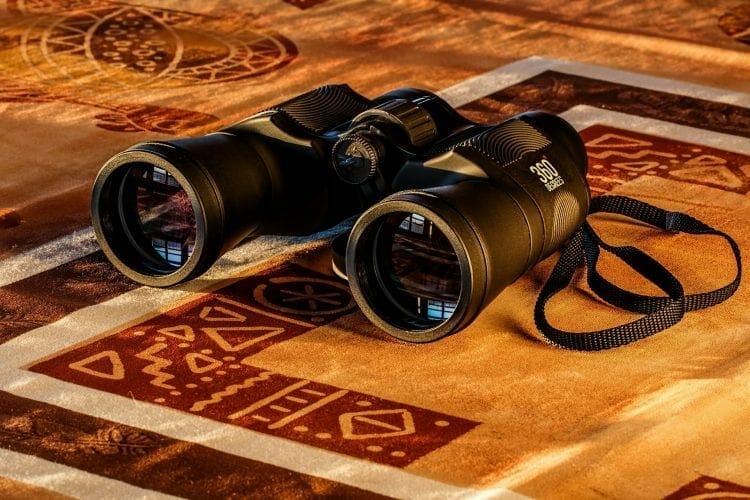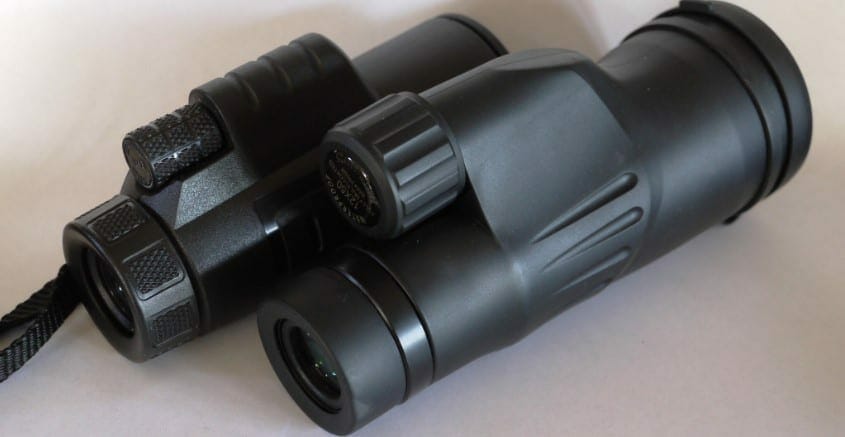When you’re looking at monoculars, there’s one term that pops up pretty often – monocular cues. This also happens when you’re looking at binoculars, and you might be wondering what cues are. Well, to put things in a simple way, both binocular and monocular cues work with the depth of visual perception.
However, if you’re reading this, you don’t just want the simple explanation. So, instead, we’ll go into details and we’ll discuss what cues are, how they’re defined, and then we’ll discuss the differences between binocular and monocular cues.
Before moving on, You might want to check out picks for the best monoculars available today.
What Are Cues?
When you’re looking at monoculars, there’s one term that pops up pretty often – monocular cues. This also happens when you’re looking at binoculars, and you might be wondering what cues are. Well, to put things in a simple way, both binocular and monocular cues work with the depth of visual perception.
However, if you’re reading this, you don’t just want the simple explanation. So, instead, we’ll go into details and we’ll discuss what cues are, how they’re defined, and then we’ll discuss the differences between binocular and monocular cues.
When we’re trying to define monocular cues, we usually refer to the perception of an object, with respect to the eye’s visual ability. Sometimes, we’ll think that if we close one eye, we’ll get better judgement as to how far an object is. There are a few factors that are responsible for this phenomenon, so let’s take a look at them.
Relative size is the first situation, and here we have two objects that appear to be a similar size. We judge them with respect to the larger, which usually has a closer appearance when compared to the smaller one, at least to the eye of the observer.
Depth from motion is another big one, where you have an object that’s moving toward the observer. In this scenario, the retinal projection of the object will expand over a period of time, and this is what leads to that perception of movement. This is a phenomenon that’s also known as depth from optical expansion. This change allows you not only to see the object as a moving object, but also to perceive that object’s distance. Therefore, the changing size is used as a distance cue. This is especially useful in situations such as playing ball games.
Kinetic depth effect is when you have a stationary rigid figure which is placed in front of a source of light in such a way that the shadow falls on a translucent screen. The observer on the other side of that screen will actually see a 2D pattern of lines. However, if you were to rotate the object, our visual system will easily extract all the necessary information to correctly create a perception of the third dimension. This is an effect that happens with both solid objects, and outline figures, but with a solid object, you’ll want that projected shadow to have lines with well defined end points and corners.
Aerial perspective is a case of depth cue when you have objects that appear somewhat unclear or blurry, when you’re comparing them to one at a closer distance. This is due to the influence of the atmosphere. To go in a bit more detail, you have the atmosphere’s light scattering, and objects that are further away have a lower saturation and lower luminance contrast. If you’ve ever played a computer game, this is known as distance fog. The background has lower contrast compared to the foreground, which gives the perception of depth.

Linear perspective, on the other hand, is what allows you, as an observer, to see the depth of an area when you’re looking at parallel lines. Those parallel lines seem to converge at infinity, and let us reconstruct the relative distance of two points of an object, or a landscape feature. An example is when you’re looking down a straight road, and you notice that the road seems to narrow the further you look at it.
You also have curvilinear perspective. This is a phenomenon where parallel lines that are at the outer extremes of our visual field appear to be curved, like a photo that’s been taken through a fisheye lens. This is an effect that enhances the viewer’s sense that they’re being positioned within a 3D space that’s real.
Interposition is when you have two objects that partially overlap. In this case, the one that appears to be behind is usually estimated to be further away. Essentially, this information just gives you the ability to give relative closeness an intuitive disposition.
Motion parallax is a case where you have cues that are around a moving observer, and the ones that are closer seem to pass by faster than the ones that are further away. Basically, the further something is, the slower it appears to pass away from the observer. (1)
Now, if you have information about the velocity and direction of movement, motion parallax can actually provide information on absolute depth. This is an effect that you can clearly see when you’re driving a car. You’ve got nearby objects that pass by rather quickly, and you’ve got further off objects that seem like they’re stationary.
Texture gradient is another one of the essential monocular cues. It deals with the object’s texture, and how that texture affects the observer’s perception when we’re talking about depth or distance. When you have objects that are closer, you can clearly see fine details on the texture of the object. However, with further away objects, those details aren’t visible. If you have a long gravel road, the gravel that’s close to you can be easily seen in terms of shape and size. But as you look at the gravel further away, you can’t differentiate the texture so easy.
Defocus blur, or selective image blurring, is a very popular concept that’s used in the photo and video industry to create the impression of depth. Even when you remove all other cues, this can still act as a monocular cue. When you’re looking at natural retinal images, it significantly contributes to the depth perception, because the human eye has limited depth of focus. There are a few depth estimation algorithms that are basically based on blurring and defocus. Also, we have some jumping spiders that are known to use image defocus when they’re judging depth.
With these out of the way, let’s take a look at binocular cues, so we can compare them and see how we use both.
Binocular cues can be actually easily deduced from the connotation. ‘bi’ actually defines them as the ability of both eyes to perceive a particular object in the 3D space. If you were to compare the image’s form that you see with both eyes, the brain will change the perspective slightly, in reference to the angle of view. There are two major factors that are accompanied by this phenomenon, convergence and stereopsis.
Convergence is a binocular oculomotor cue. It deals specifically with depth perception, and it occurs when you have a sensation from extraocular muscles that exists as your eye muscles stretch the eyes, focused at an object. When you’re using it at a distance that’s closer than 10m, there’s a study shows that the effect of a convergence phenomenon is favored.
Stereopsis is also known as retinal disparity, and is usually known as the primary binocular cue for depth. It explains how you’re looking at an object, with both eyeballs, at different angles. As a result, the brain gets two different perspectives. This is a factor that happens due to the eyes’ horizontal separation parallax.

How Are They Used?
Now, knowing about both binocular and monocular cues is one thing. But being able to use them in different scenarios is another, and that’s where you should aim to be. If you take advantage of them, you’ll be able to develop your sight much further.
Binocular cues allow us to determine, in a 3D space, where an object is relative to our position. This is the phenomenon that’s responsible of feeling depth when you’re looking at stereoscopic photos, or 3D movies.
Monocular cues, on the other hand, allow us to tell the depth in situations such as being at the top of a staircase, or looking at corners of buildings. Larger objects appear more textured, and therefore closer, while those further away seem smaller.
Cues are actually what helps us use depth perception. Depth perception is how we perceive the world in 3D, and how we see the distance of an object. For animals, as we mentioned earlier, the term is depth sensation, and it is unknown whether they see the distance of an object the same as we do. As you see, there is a variety of depth cues that combine to create depth perception, and now you know what all of them are and how they work.
Resources
(1) – Motion Parallax – https://study.com/academy/lesson/motion-parallax-in-psychology-definition-lesson-quiz.html

